Imagine a quiet room, a small circle of strangers, and the unspoken tension of meeting someone’s eyes for longer than a fleeting second. For many, this scenario sparks a familiar unease, a knot of social anxiety that feels impossible to untangle. Yet, in spaces across the U.S., people are turning to an unconventional practice to confront this discomfort head-on: eye gaze meditation. This technique, rooted in mindfulness, involves sustained eye contact with another person or even one’s own reflection, often as a way to build connection and ease inner turmoil. At its core, eye gaze meditation social anxiety relief isn’t just a niche experiment—it’s emerging as a tool for those grappling with the weight of social fears in a hyper-connected, yet often isolating, world. What drives this practice, and can it truly shift how we navigate human interaction?
The Roots of Eye Gaze Meditation
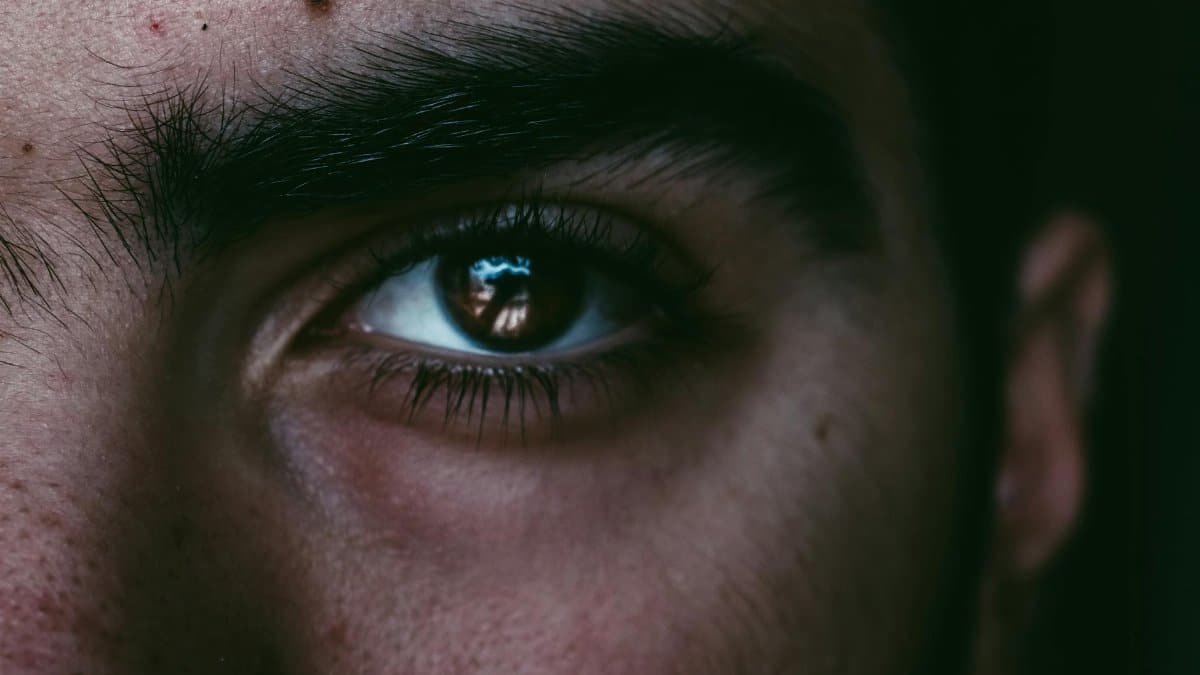
Long before it became a buzzword in wellness circles, eye gaze meditation had deep historical ties. Ancient practices, like those in Tantric traditions, used sustained eye contact as a pathway to spiritual connection. Fast forward to today, and the concept has been adapted by therapists and mindfulness coaches to address modern struggles like social anxiety. The premise is simple yet daunting: by locking eyes with another person or gazing into a mirror, individuals confront vulnerability head-on. It’s less about romance or intensity and more about presence—being seen without judgment. For someone whose heart races at the thought of small talk, this can feel like stepping into a lion’s den. Yet, proponents argue it’s precisely this discomfort that fosters growth, rewiring how the brain processes social fear.
Why Social Anxiety Feels So Heavy
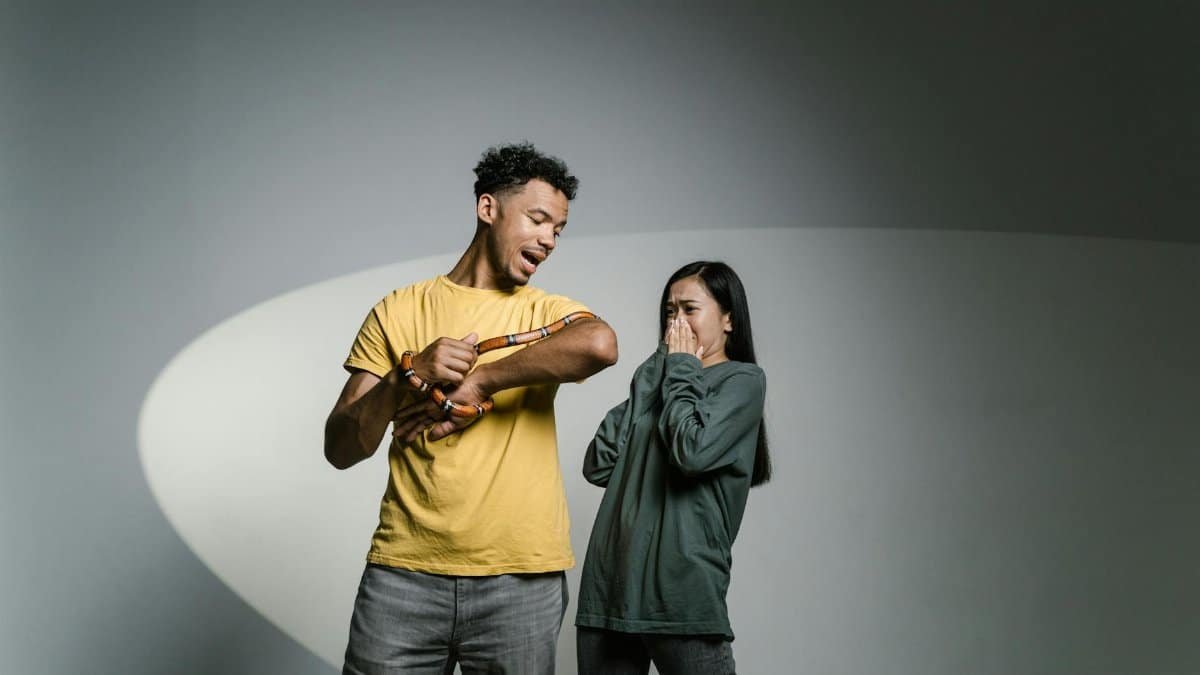
Social anxiety isn’t just shyness. It’s a visceral dread of judgment, often rooted in a fear of being exposed as inadequate. According to the National Institute of Mental Health, about 7.1% of U.S. adults experience this disorder in any given year, with many more facing milder but still debilitating unease in social settings. The physical symptoms—racing pulse, sweaty palms, a mind blanking mid-sentence—can trap people in a cycle of avoidance. What’s striking is how often the eyes play a role. Averted gazes signal discomfort; prolonged eye contact feels like a dare. This dance of looking and looking away is where eye gaze meditation steps in, aiming to break the cycle by making eye contact a deliberate, safe act rather than a threat.
The Science Behind the Stare

Does staring into someone’s eyes actually calm the nervous system? Emerging research suggests it might. A 2015 study published in Biological Psychology found that direct eye contact can trigger a release of oxytocin, often called the “bonding hormone,” which fosters trust and reduces stress. Another study from the National Library of Medicine highlights how mindfulness practices, including focused gazing, can lower activity in the amygdala—the brain’s fear center. For those with social anxiety, this could mean a gradual desensitization to the panic of being seen. While the data on eye gaze meditation specifically is still sparse, these findings offer a plausible mechanism for why sustained, intentional eye contact might dull the sharp edges of social fear.
A Real-World Test of Connection
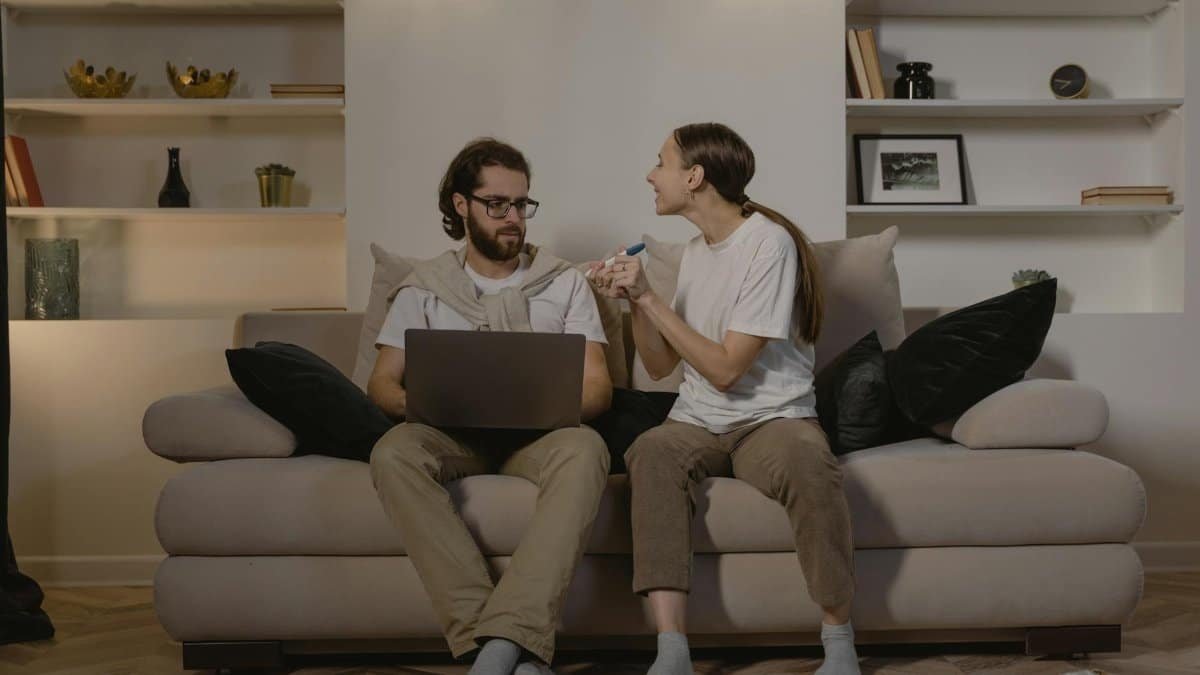
In a community center in Portland last fall, a group of adults gathered for a workshop on mindfulness. Among the exercises was a five-minute eye gaze meditation with a partner. One participant, a woman in her forties, later shared how her hands trembled at first, her mind screaming to look away. But as the minutes ticked by, something shifted. The other person’s eyes became less a mirror of judgment and more a neutral space. She wasn’t cured of anxiety overnight, but she left feeling a small, unfamiliar sense of ease. Stories like these aren’t uncommon in spaces where eye gaze meditation social anxiety relief is practiced. They hint at a quiet power: the act of being witnessed, without words, can sometimes speak louder than any affirmation.
Challenges That Can’t Be Ignored
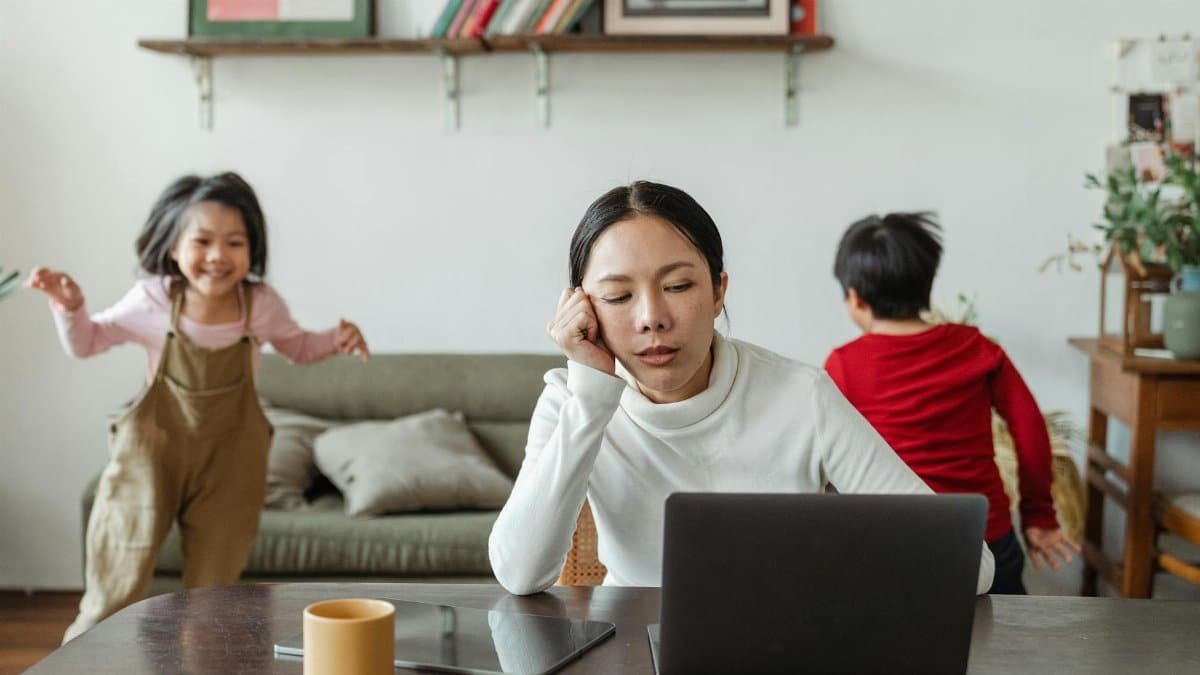
Let’s not romanticize the process, though. Eye gaze meditation isn’t a comfortable fix. For many, the initial experience is excruciating. Social anxiety thrives on self-consciousness, and staring into someone’s eyes—or even your own in a mirror—can amplify that spotlight. Therapists note that without proper guidance, the practice risks backfiring, leaving participants more rattled than relieved. Cultural norms play a role too; in some communities, prolonged eye contact is seen as aggressive or disrespectful, adding another layer of unease. And for those with trauma tied to interpersonal dynamics, the exercise can unearth painful memories. It’s a reminder that this tool, while promising, demands caution and often a facilitator’s support to navigate the emotional terrain.
Practical Steps to Start Small

For anyone curious about eye gaze meditation social anxiety benefits, the key is to ease in. Start solo by gazing into a mirror for just one minute, focusing on your breath rather than critiquing your reflection. Notice the urge to look away, but gently return. Once that feels manageable, try it with a trusted friend or family member—someone who won’t laugh if you blush or fidget. Set a timer for two minutes, sit a few feet apart, and agree to silence. The goal isn’t to “win” at staring but to sit with the discomfort. Apps and online mindfulness communities often offer guided sessions too, some tailored to social anxiety. A resource like the Headspace meditation platform includes related exercises on presence and connection, adaptable to gazing practices.
The Broader Impact on Relationships
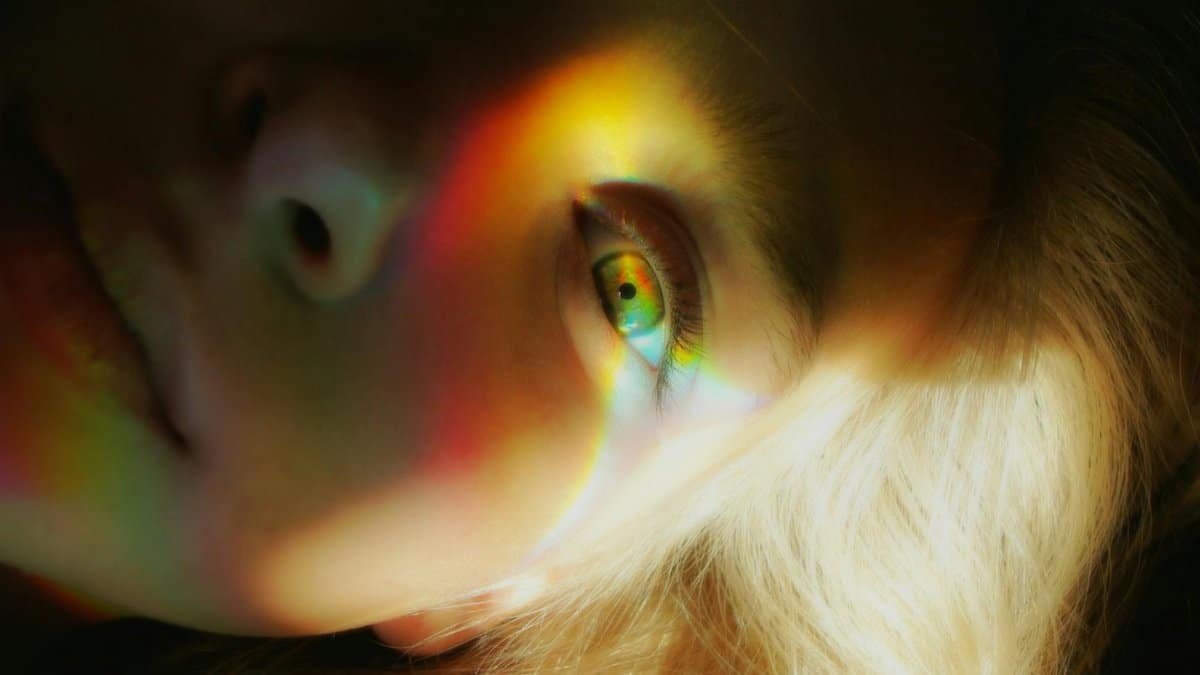
Beyond personal relief, eye gaze meditation can ripple into how we relate to others. Social anxiety often builds walls—avoiding eye contact, mumbling through conversations, or dodging gatherings altogether. But intentional gazing, even briefly, can foster a sense of being truly present with someone. It’s not about forcing intimacy; it’s about practicing openness. In a 2025 world where digital interactions often replace face-to-face connection, this feels especially urgent. Online, people lament the loss of genuine engagement, with one anonymous account describing how virtual chats leave them feeling “invisible, even when seen.” Eye gaze meditation offers a counterpoint, a way to reclaim the raw, messy beauty of human contact, one look at a time.
What Critics and Skeptics Say
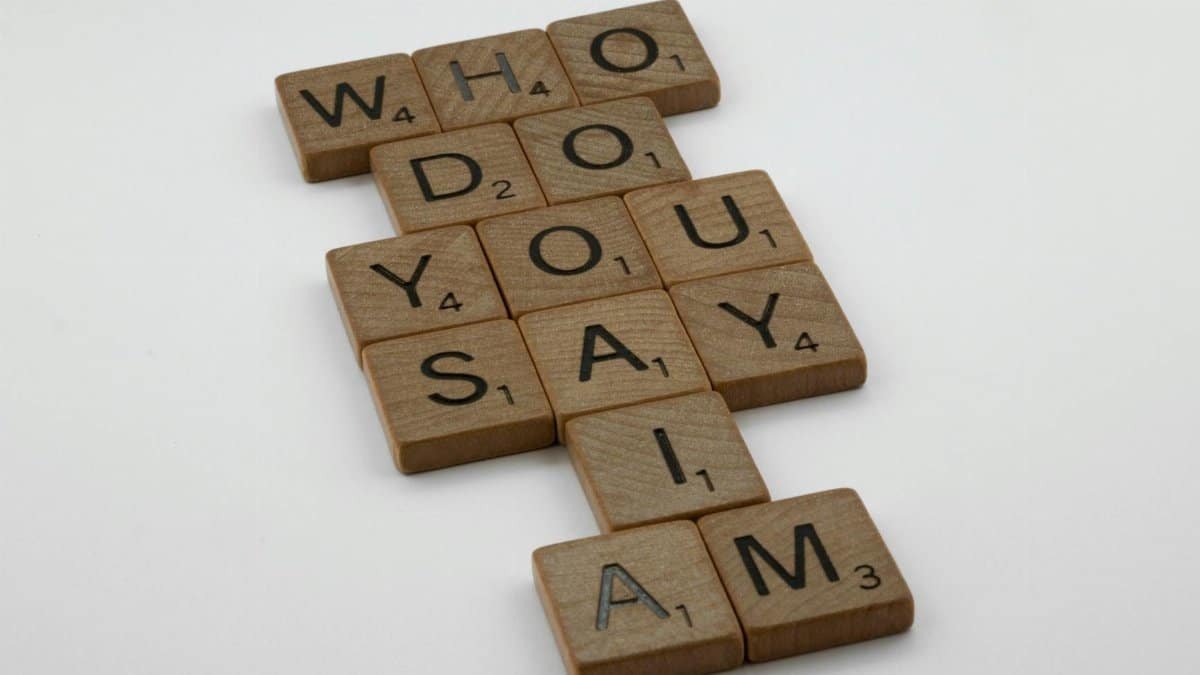
Not everyone is sold on the idea. Some psychologists argue that eye gaze meditation lacks robust clinical evidence, especially compared to established treatments like cognitive-behavioral therapy. They worry it’s being overhyped as a quick fix for a complex disorder. Others point to the risk of overstimulation—too much eye contact can spike anxiety rather than soothe it, especially for those with severe symptoms. There’s also the question of accessibility; not everyone has a safe space or willing partner to practice with. These critiques don’t dismiss the practice outright but urge a balanced view. It’s a tool, not a cure, and for some, it may be more novelty than necessity.
Finding a Middle Ground

So where does this leave us? Eye gaze meditation social anxiety relief sits at a fascinating crossroads of ancient wisdom and modern need. It’s not a one-size-fits-all solution, nor is it without pitfalls. Yet for those willing to lean into the discomfort, it offers a rare chance to reframe how they experience being seen. The stories of small breakthroughs—lessened dread during a meeting, a steadier gaze at a party—suggest a potential worth exploring. Paired with other strategies, like therapy or mindfulness, it could be part of a broader toolkit. As more Americans wrestle with social disconnection in 2025, practices like this remind us that sometimes, the hardest look to hold is also the most liberating.
Natasha is the heart of our exploration into conscious connection. Applying principles from multiple counseling courses in her own life, she guides you to cultivate stronger, more joyful bonds.
Disclaimer
The content on this post is for informational purposes only. It is not intended as a substitute for professional health or financial advice. Always seek the guidance of a qualified professional with any questions you may have regarding your health or finances. All information is provided by FulfilledHumans.com (a brand of EgoEase LLC) and is not guaranteed to be complete, accurate, or reliable.
